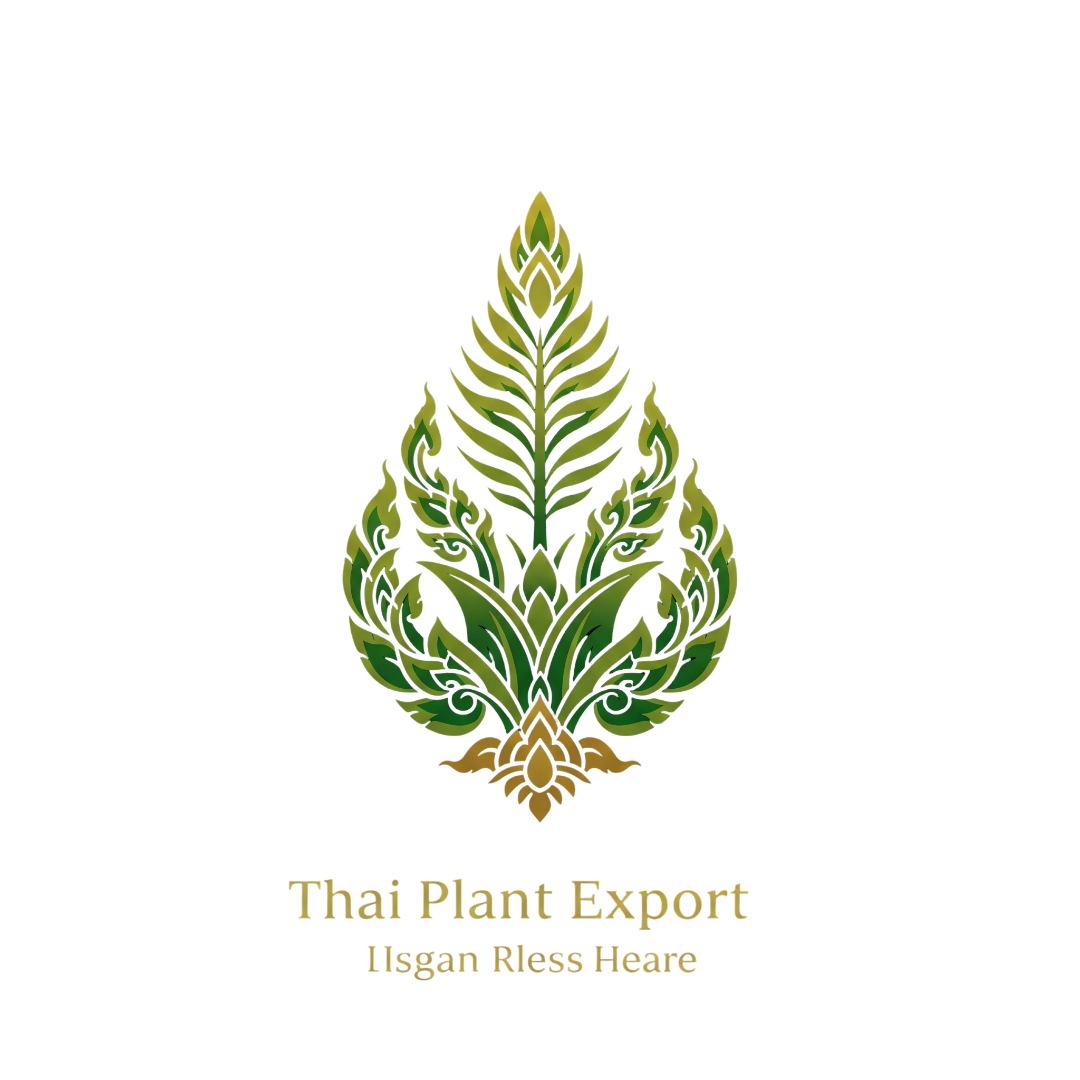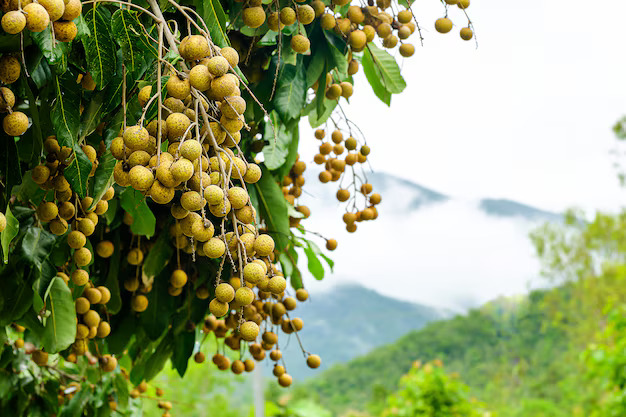Thailand isn't just famous for its beaches and temples—it's a paradise for fruit lovers. Tropical sunshine, fertile soil, and year-round warmth create perfect conditions for an incredible diversity of fruit trees to flourish.
Whether you're strolling through a village in Isaan, biking past orchards in Chiang Mai, or sipping juice in a Bangkok café, chances are you're tasting something that came straight from a local tree. Many Thai families grow fruit trees in their own backyards—not just for the flavor, but for health, sharing with neighbors, and even as offerings at temples.
Here's a deeper look at the most iconic and lesser-known fruit trees across Thailand, with their Latin names and some cultural nuggets sprinkled in.
🌿 1. Mango (Ma-Muang)
Latin name: Mangifera indica
Mangoes are everywhere in Thailand—from the back of a pick-up truck in the market to gourmet mango sticky rice (khao niew ma-muang) in five-star restaurants. They're enjoyed in various stages of ripeness: green and crunchy with chili-sugar-salt dip (nam pla wan), or golden and meltingly sweet when ripe.
Fun fact: During mango season (March to June), prices drop dramatically. You can get kilos for cheap—perfect for smoothies or preserving as jam or dried fruit.
🌿 2. Durian (Tu-Rian)
Latin name: Durio zibethinus
Nicknamed the "King of Fruits," durian has a reputation that precedes it. Some love it, some hate it—but no one forgets it. Its powerful odor is banned on airplanes and in many hotels, but its rich, custardy flesh is deeply loved by locals.
Try this: Durian sticky rice (khao niew tu-rian)—a rich dessert that turns many skeptics into fans.
🌿 3. Mangosteen (Mang-Kut)
Latin name: Garcinia mangostana
The perfect partner to durian, mangosteen is cool, juicy, and slightly tangy. With its thick purple rind and bright white segments inside, it's one of the most photogenic fruits in the tropics.
Pro tip: To open it without getting stained, press gently at the equator with your thumbs until it splits.
🌿 4. Rambutan (Ngo)
Latin name: Nephelium lappaceum
Hairy on the outside, sweet and lychee-like on the inside, rambutans are sold by the bunch and are a hit with kids and tourists alike.
Local tip: Don't throw away the seeds—they're sometimes roasted and eaten in the countryside.
🌿 5. Longan (Lam-Yai)
Latin name: Dimocarpus longan
Grown extensively in northern provinces like Lamphun, longans are a local treasure. Their honeyed sweetness makes them popular fresh, dried, or turned into syrup.
Cultural note: Longan trees are often grown in temple gardens in northern Thailand.
🌿 6. Lychee (Lin-Chi)
Latin name: Litchi chinensis
Lychees are soft, fragrant, and floral with a striking red skin. In northern Thailand, entire festivals are dedicated to their harvest.
Fun event: Visit the Chiang Rai Lychee Festival in early May for parades, tastings, and lychee-themed everything.
🌿 7. Jackfruit (Kanoon)
Latin name: Artocarpus heterophyllus
Massive and often growing right off the trunk, jackfruit is versatile and popular in both desserts and curries. The yellow flesh is sweet, while the young green fruit is used as a meat substitute.
Spiritual touch: Jackfruit is considered lucky in Thai superstition. Planting it near your home is believed to bring prosperity.
🌿 8. Tamarind (Makham)
Latin name: Tamarindus indica
Tamarind pods have a tangy pulp that's key to many Thai dishes. It's also made into sweet tamarind candy or juice.
Cultural tip: Tamarind trees are often found in temple grounds and public parks, symbolizing resilience and wisdom.
🌿 9. Banana (Kluay)
Latin name: Musa spp.
There are dozens of banana varieties in Thailand, each with a different taste and use. Small sweet bananas, starchy cooking types, red bananas, and even decorative varieties grow abundantly.
Common dishes: Kluay Tod (fried bananas), Kluay Buat Chi (bananas in coconut milk), and banana leaf-wrapped snacks.
🌿 10. Coconut (Ma-Phrao)
Latin name: Cocos nucifera
The Swiss Army knife of tropical trees! Coconuts are used for drinks, food, oil, utensils, and even roofing. Young green coconuts offer sweet water and soft flesh, while mature ones give creamy coconut milk and oil.
Island life: On many southern Thai islands, coconut trees still play a central role in daily life and cuisine.
🌿 Bonus: Lesser-Known but Loved
Santol (Krathon) – Sandoricum koetjape
Yellowish-brown skin with sour-sweet flesh and a spongy core.
Rose Apple (Chom-Poo) – Syzygium samarangense
Refreshing, bell-shaped, and crunchy—perfect on a hot day.
Pomelo (Som-O) – Citrus maxima
A huge citrus with segments you can peel and eat like an orange. Excellent with chili-salt.
Sapodilla (La-Mut) – Manilkara zapota
Brown and soft when ripe with a caramel-flavored flesh—surprisingly addictive.
🌴 Living with Fruit Trees in Thailand
For locals, fruit trees aren't just about food—they're about family, tradition, and connection to nature. Many families grow several varieties in their yards. You might find a banana bunch hanging from a fence, a jackfruit leaning out over the road, or someone gifting you a few longans "from our tree."
If you're an expat or digital nomad, planting a tree in your garden can be a grounding way to connect with Thai culture and the land. Most of these trees are low maintenance in Thailand's climate and can even be grown in pots if space is tight.
🌸 Final Thoughts
Thailand's fruit trees are more than delicious—they're living symbols of Thai life. They're on every street corner, in every garden, and at the heart of every meal. Whether you're a foodie, a gardener, or a curious traveler, exploring Thailand's fruit trees is a delicious way to connect with the land and the people.
So next time you bite into a juicy mango or sip from a green coconut, take a moment to appreciate the tree that gave it life—and the culture that made it special.

